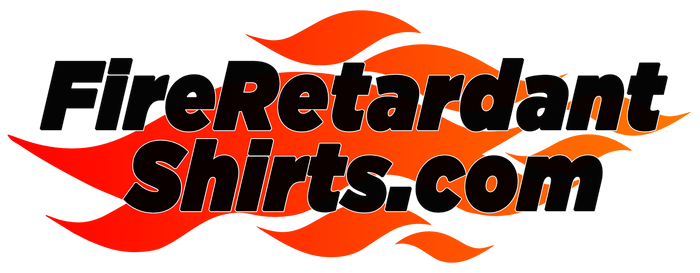Rasco Fire Retardant Clothing - Frequently Asked Questions
Rasco Fire Retardant Clothing - Frequently Asked Questions
Who is Rasco FR (Flame-Resistant) clothing designed for?
Rasco FR clothing is designed for workers in the uitlity, oil, gas and petrochemical fields who are at risk fo exposure to hazardous electric arc and flash fires. Some typical candidates for Rasco FR clothing include: electric lineman, pipeline and refinery workers, as well as industrial electricians.
How does Rasco FR protect against burn injury?
Through the use of flame resistant chemicals, Rasco FR clothing is designed to self extinguish within seconds after the source of ignition is removed, limiting the degree of burn and body burn percentage. While not fire proof, our garments are flame resistant.
Can the FR chemicals be washed out?
Rasco FR clothing is guaranteed to be flame resistant for the useful life of the garment provided that our care instructions are followed.
What is an HRC?
A hazard risk category (HRC) is a rating for FR clothing that indicates the level of protection the garment provides. There are five HRC’s ranging from 0 to 4, with HRC 0 being the least protection and HRC 4 being the most protection. NFPA 70E assigns these categories based on the electrical maintenance task to be performed, and each HRC correlates to a range of ATPV’s.
HRC 0: No minimum ATPV required.
HRC 1: Arc-rated FR garments with a required minimum ATPV of 4 cal/cm2
HRC 2: Arc-rated FR garments with a required minimum ATPV of 8 cal/cm2
HRC 3: Arc-rated FR garments with a required minimum ATPV of 25 cal/cm2
HRC 4: Arc-rated FR garments with a required minimum ATPV of 40 cal/cm2
What is an ATPV?
An Arc Thermal Performance Value (ATPV) is a rating assigned to flame resistant clothing indicating the level of protection provided. Heavier weight fabrics typically have higher ATPVs and provide increased protection. Every Rasco FR garment has the ATPV marked on the level.
Does Rasco FR clothing meet protective clothing standards?
Yes, Rasco FR clothing meets the requirements of NFPA 2112, ASTM F1506, NFPA-70E and OSHA29 CFR 1910.269.
Who should determine what ATPV/HRC should be worn?
The ATPV/HRC protection level worn should be determined by a wearer’s employer. The employer should conduct a hazard risk assessment for the wearer’s job and inform them of the protection level needed. This should never be determined by Rasco FR or the retailer.
What are the requirements for high visibility safety apparel?
ANSI/ISEA 107 American National Standard for High Visibility Safety Apparel and Headwear establishes design, material, photometric and physical performance requirements for high visibility apparel. ANSI/ISEA 107 Class 2 Garments provide superior visibility for high risk occupations with a complex background and/or severe weather, and where vehicle speeds exceed 25 mpg. Class 3 garments allow the wearer to be identified as a person in high risk situations due to slight distance and/or severe weather and high speed vehicle traffic.
